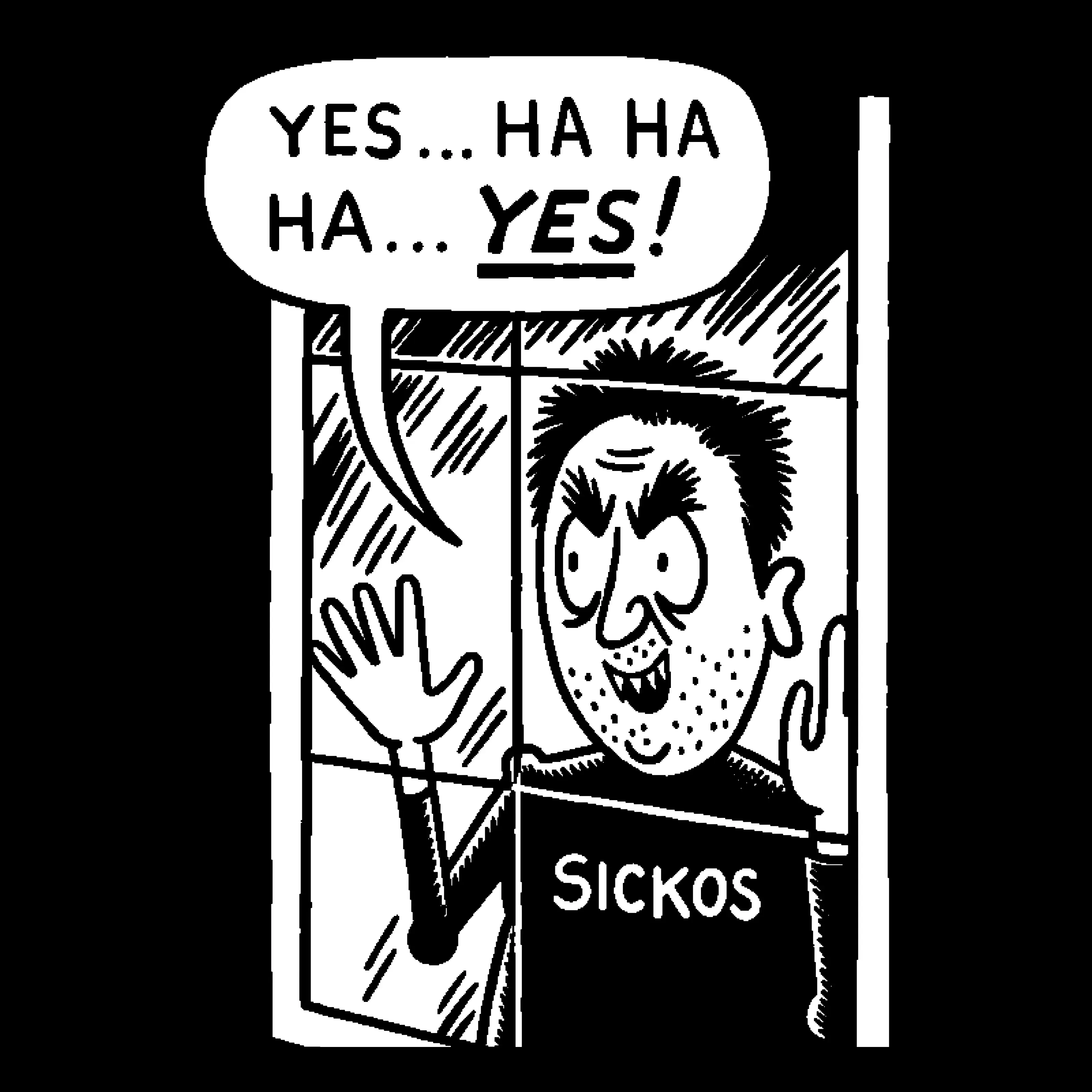

Y’know, I bought a bag of bag clips from Ikea years ago and I’m only now realising that they’re less suited to the job than a clothes peg. Smart.


Y’know, I bought a bag of bag clips from Ikea years ago and I’m only now realising that they’re less suited to the job than a clothes peg. Smart.


A twelve year old computer in 2013 would have been utterly useless. Doesn’t matter how good is was in 2001 it would die under even a modest 2013 workload. But a decent computer from 2013 is still useful today. Not for triple-A gaming, VR, or 8K video editing, but still a decent productivity and media machine. I just bought my first handheld gaming PC and I made sure it had eGPU support since that’s the likely bottleneck in the future (i7 and 32GB RAM, so that should be good for a long while) and I fully intend to get a decade out of it. There’s no real appetite to upgrade your machine regularly any more, and the manufacturers hate that.


A bridge rectifier circuit for each battery slot would solve the issue and, at the low currents of things like remote controls, would be pretty tiny and introduce inconsequential power overhead bbbuuuuuuuuu-uuuuuu-uuuuutttt it would cost money, precious pennies per device. And it would be tricky to market it, educate users, and so on. Such things are too good for this world.


Can I ask where everyone is from? I’m in the UK, which uses 230v, and even cheap-ass LED bulbs last forever. But a lot of the bulbs are rated for both 230v and 115v so I’m wondering if those same bulbs are being sold in the US. If that’s the case, they’ll need to pull double the current to manage the same output which is far more stressful on the electronics than higher voltage with lower current.


I don’t think I’ve ever seen packaging as described in the UK. Normally they’re packaged in individual blisters that can be pushed through the foil covering in a single step. I’m not sure about this ‘peeling’ action that’s described.
Also, for what’s it’s worth, medication in the UK is publicly known by it’s International Nonproprietary Name rather than brands, so for the most part people will ask for ‘paracetamol’ rather than Deludomex™ or whatever. ‘Acetaminophen’ is a new one to me, though.


Capitalists compete to make the most money by convincing customers to pay as much as possible for a product that’s as cheap as possible to make. The competition argument works in areas that are white-hot with innovation but can anyone honestly say the office chair of 2025 shows thirty years of innovation over the ones from 1995?


If this is a regular issue for you I’d recommend a decanter or at least a large carafe. It solves your problem, helps the wine to ‘breathe’ and looks fancypants as balls.


The gravity-assisted bag roll is a staple for me. Cereal, bread, veggies, anything too big for a bag clip.


Anything other than watching fullscreen video? 3:2 is so much better for reading, drawing, anything even vaguely productive. It’s very close to the ratio of metric paper.


About twenty iPods.
Walkers, a snack company, was running a contest where you could enter a draw every ten minutes, 24 hours a day, to win an iPod. They also had a website where you could get an entry code without buying anything. I was one of the few people to have unlimited texts and a phone controllable by Bluetooth at the time, so I ran a script to just spam the free entry codes. Somehow they never cottoned on.


In the UK it’s got to be the City of London. Famous for being an ancient city established by the Romans and awash with history, now one of the world’s biggest financial centers with a modern skyline of famously distinctive skyscrapers. It’s home to some world-famous landmarks like Saint Paul’s Cathedral and Tower Bridge, and has a population of about 10,000.
The City of London is not to be confused with London, London, London or London.


We’re talking about Southern US pronunciation so much that I read your comment from “do I” onwards as if it was being spoken like a Southern Belle.


I say “all of y’all” and make a point to really emphasize the “'”.


Yeah, it’s also exactly what the EU and it’s predecessors exist to prevent. We’ve never had a period of prolonged peace in Europe like we have now. And these utter fucking slabs want to undo it.


SUKBRICK sounds like a demeaning act that we brought on ourselves so lets go with that.
I don’t know why but I thought they were some special inaccessible computers.
It’s their marketing. Marketing, marketing, bullshit and marketing. Macs get viruses, Macs have vulnerabilities, Macs crash. Doesn’t matter how much their indoctrinated fans might claim otherwise, Macs are just weird PCs. In that context, their refusal to allow their owners to control them is all the more jarring and makes owning the older models like you mentioned all the more sensible.


It’s the Express, so you can safely ignore it.
Recent front page headlines from the Express (if some of these aren’t real yet, they will be at some point):
Tom Hunt, if you’re reading this, I’ve just done your job for the next year.
Please. This needs to be taken seriously.
Piped Bot! I summon thee!
It never really occured to me before, but are we at the point where we have openly gay bullies in schools? I feel like “Your Dad” insults would have way more impact.
Stupid question. With a bag clip bag bag clip, obviously.